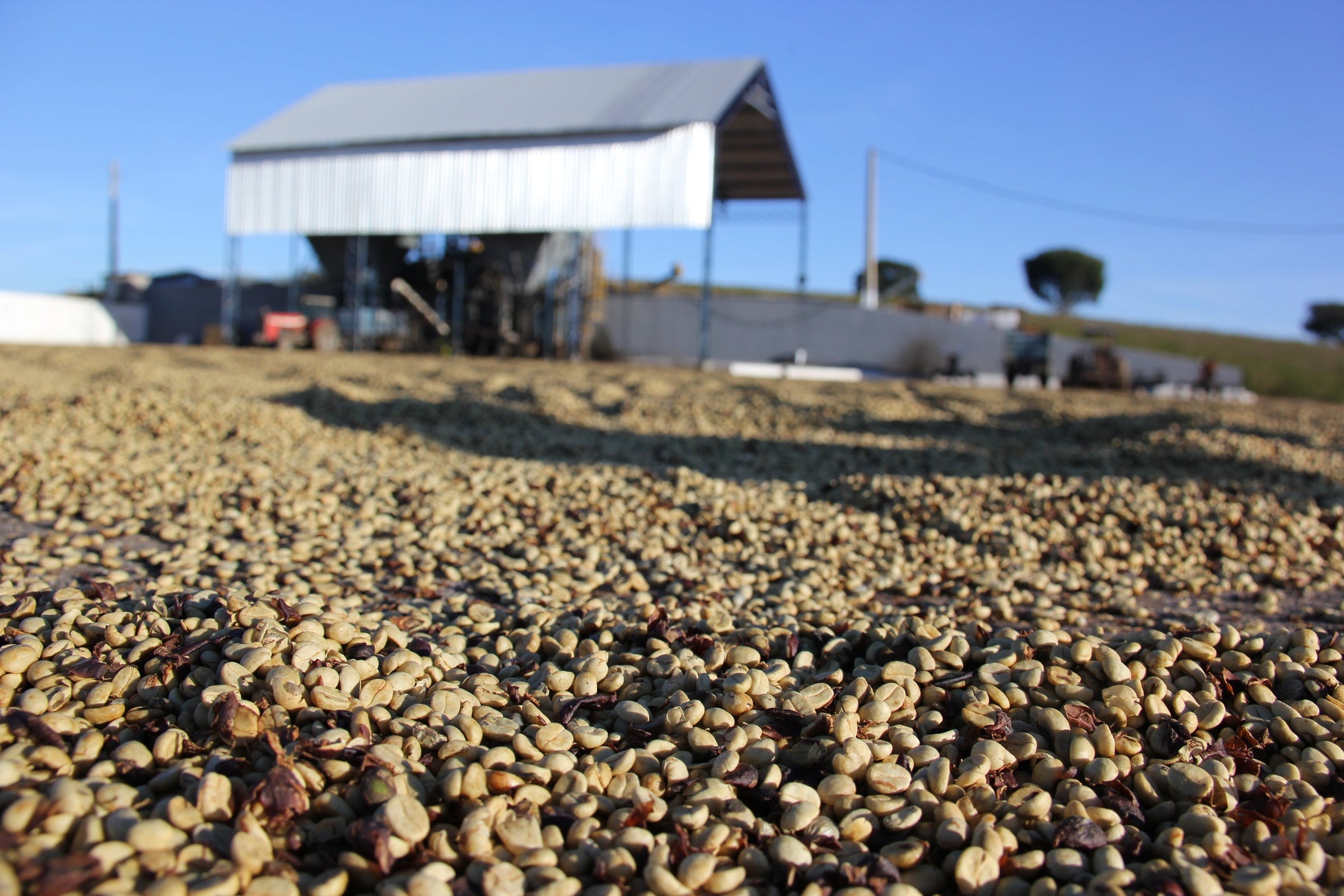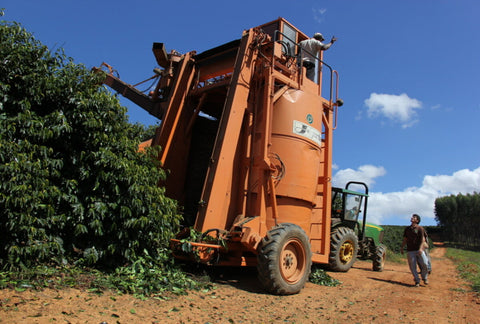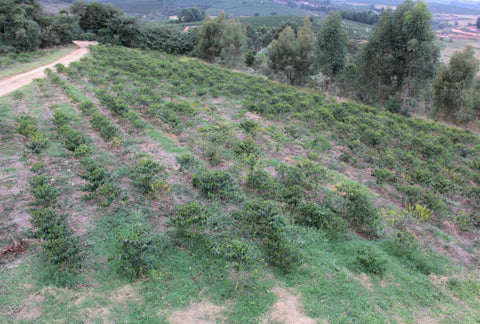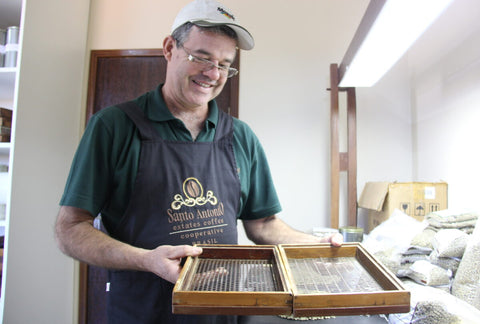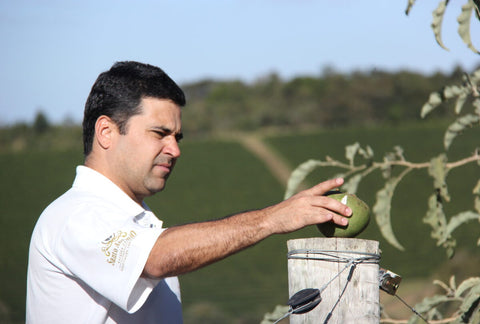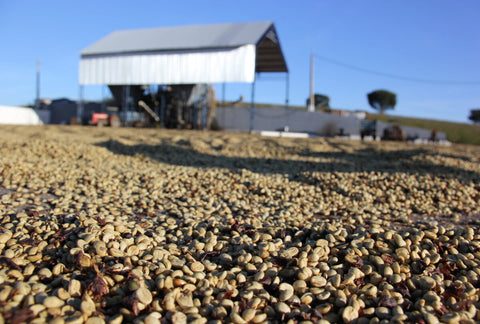I spent last night on what is technically called a ‘farm’, but probably resembles something closer to a small city. No lie! Fazenda Sao Paulo has a church, soccer pitch, school, medical clinic and other great amenities for its workers.
Not only does it have hectares and hectares of coffee plants (literally, as far as my eyes can see), it also breeds pigs and cattle and is so concerned about sustainable energy that it actually uses the excrement from these animals as energy — much of which goes to the dryers for the coffee. Literally, there is always work to be done.
Last Saturday night, however, was not about work. It was simply time to relax. Juan Gilmar, the manager of the fazenda, organised a horse ride from one of the neighbouring farms. When the ride was finished, everyone was greeted by a huge BBQ and old-fashioned Brazilian country music. I will not forget something that Gilmar said to me that night.
He stated — with certainty — that while it is important to work hard, it is as important to celebrate the work that has been done.
These are the type of people I have encountered here in Santo Antonio. Wonderfully kind and good natured, peaceful yet full of life and possessing a real passion for and professionalism around coffee. Because Santo Antonio Estates is a co-op, many of the farm owners were keen to show me their land and patios, pulpers and dryers, various plant varietals and the bits of their property that were special to them. Honestly, I was impressed. Coffee in Brazil is a different ball game; it’s big business. Organisation, traceability and management are as much a part of their success as the varietal of the coffee plant or soil. I kept having the thought that while each origin has its own uniqueness and beauty, it would be good to get other origin farmers to see these places and peoples’ work. I believe it really would inspire and give fresh thoughts about organisational practices.
And the coffee! Please do not be persuaded that Brazil is not cause for excitement. There is as much beautiful coffee around the Santo Antonio region as there are beautiful people. We spent a solid morning cupping though a handful of natural and pulped natural lots.
As with most Brazilian coffees, the nut and chocolate was there, but these coffees also had a soft and creamy finish with a gentle lime-like acidity. Many were also fairly fruity, which always brings a bit of excitement.
What is best on trips like this is that after cupping you get to unveil which farm the coffees come from. When you can put a face to a cup of coffee, it makes for an unbelievable experience. It’s almost as if you were a part of it. Almost. But, even if we’re not really part of it, I (we) can still respect, admire and do as Juan Gilmar stated; celebrate — cup by cup — the work that has been done.


